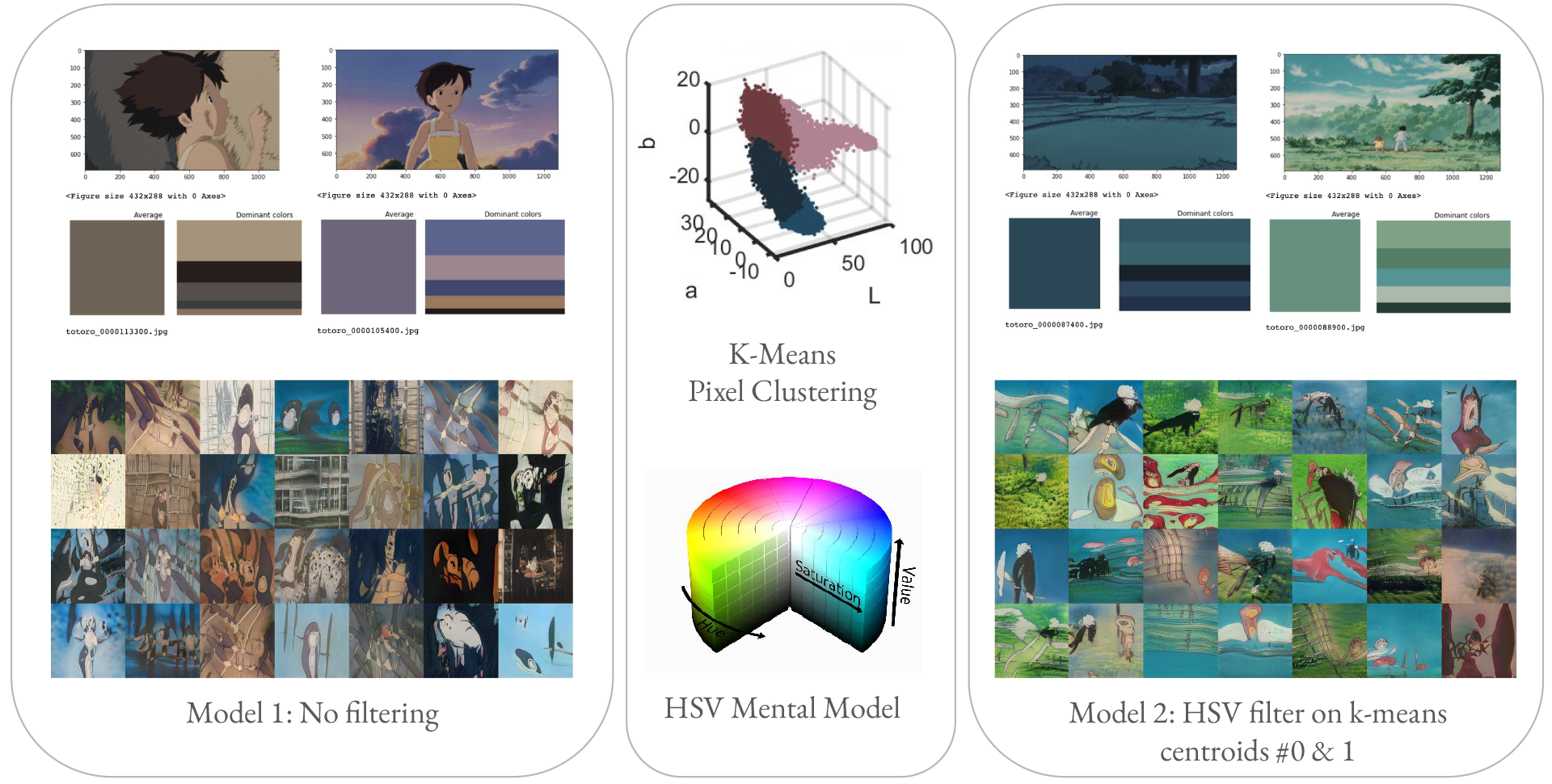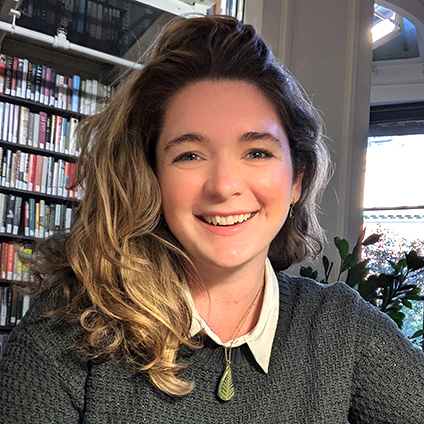One artist's personal reflections on methods and ethics of creating mixed media artificial intelligence art

Abstract
I make a scientific contribution of my subjective experience as a single unit of self-described 'artist' leveraging artificial intelligence as an assistive visual creation tool, in the hopes that it may provide some inspiration or deeper meaning for fellow artists and computer scientists in this medium. First, I provide some background on my personal history thus far as an artist. Neither artist nor scientist can exist in a vacuum, so I then provide some related work that has helped me contextualize my own work and thinking in this area. I often consider my methods in the creative process chronologically, so I have divided that section according to the loose structure of my artistic workflow. These foundations provide a fertile grounding for discussion around topics of subject matter, reception, community, and ethics. I conclude with some ideas for future work in the realms of theory of authorship, explain- ability tooling, and research framing.
Authors
Citation
One artist's personal reflections on methods and ethics of creating mixed media artificial intelligence art
Jane Adams. AAAI 2023 Workshop on Creative AI Across Modalities. 2023. DOI: 10.31219/osf.io/5kc8y
Khoury Vis Lab — Northeastern University
* West Village H, Room 302, 440 Huntington Ave, Boston, MA 02115, USA
* 100 Fore Street, Portland, ME 04101, USA
* Carnegie Hall, 201, 5000 MacArthur Blvd, Oakland, CA 94613, USA

